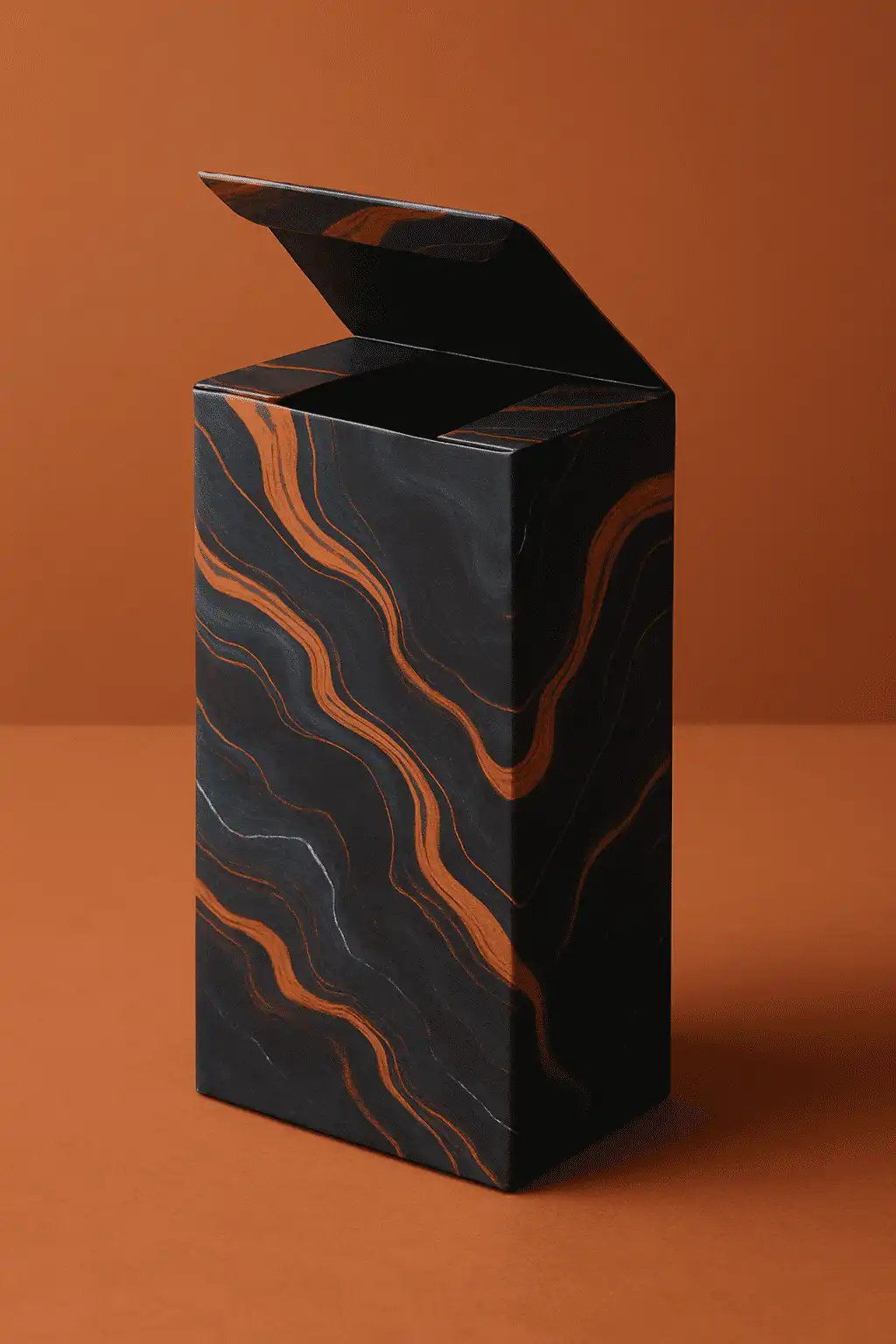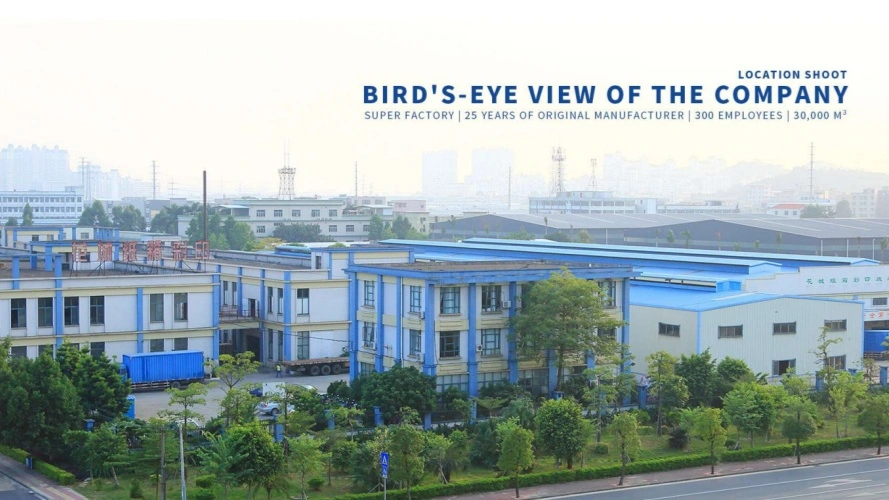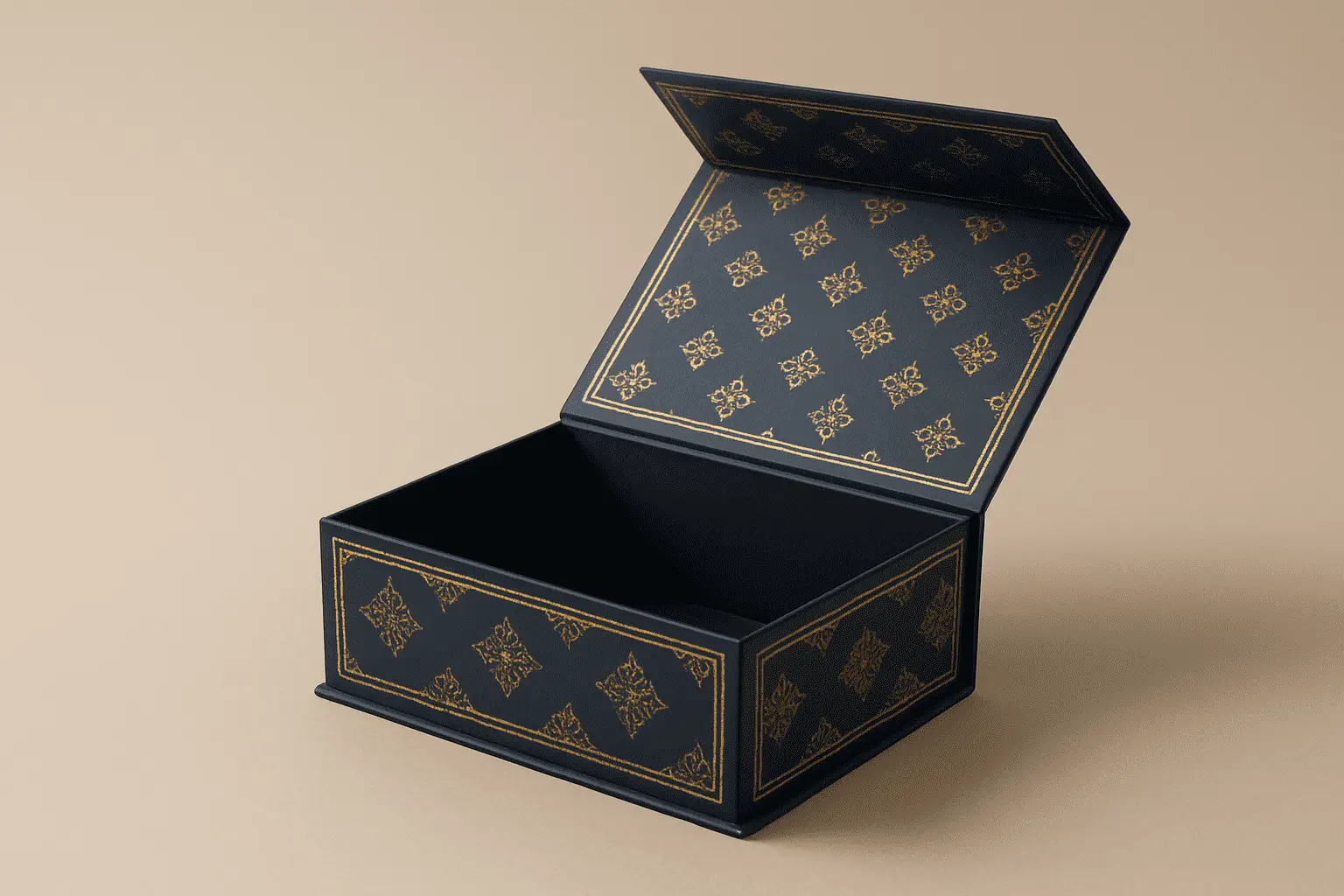Creative Printed Designs for Cardboard Folding Boxes
In today's competitive marketplace, packaging has evolved far beyond mere protection and containment. The cardboard folding box has become a powerful canvas for creative expression, brand storytelling, and customer engagement. Creative printed designs for cardboard folding boxes represent the perfect fusion of functionality, sustainability, and visual appeal, transforming ordinary packaging into extraordinary brand experiences. These versatile packaging solutions offer businesses unlimited opportunities to showcase their creativity while maintaining cost-effectiveness and environmental responsibility. From luxurious cosmetic packaging to eye-catching retail displays, cardboard folding boxes with innovative printed designs have revolutionized how brands connect with their customers at the crucial point of purchase.

Innovative Design Techniques for Enhanced Visual Appeal
Advanced Printing Technologies Transform Cardboard Packaging
Modern cardboard folding box manufacturing has embraced cutting-edge printing technologies that elevate simple packaging into sophisticated marketing tools. High-resolution offset printing, digital printing, and UV printing techniques enable manufacturers to achieve photographic quality images with vibrant colors and sharp details. The cardboard folding box serves as an ideal substrate for these advanced printing methods, allowing brands to reproduce complex artwork, gradients, and fine typography with exceptional clarity. Cold foil stamping and hot foil stamping add metallic accents that catch light and draw attention, while UV coating creates selective gloss effects that enhance specific design elements. These technologies work particularly well with various paperboard weights, from 250g to 400g, ensuring that the cardboard folding box maintains structural integrity while supporting elaborate design features.
Textural Effects and Finishing Techniques
Surface treatments and finishing techniques add tactile dimensions to cardboard folding box designs, creating multi-sensory experiences that engage customers beyond visual appeal. Embossing and debossing create raised or recessed patterns that invite touch, while frosted touch finishes provide subtle texture variations across the surface. These finishing techniques work seamlessly with printed designs, allowing manufacturers to highlight logos, product names, or decorative elements through dimensional contrast. The cardboard folding box benefits significantly from these enhancements, as the flat surfaces provide excellent areas for applying various textural effects. Spot UV applications can create striking contrasts between matte and glossy areas, guiding the eye through the design hierarchy and emphasizing key brand messages. This combination of visual and tactile elements transforms the ordinary cardboard folding box into a premium packaging experience.
Color Psychology and Brand Alignment
Strategic color selection plays a crucial role in cardboard folding box design, influencing consumer perception and purchasing decisions. Understanding color psychology enables designers to choose palettes that align with brand values and target audience preferences. Luxury brands often utilize deep, rich colors combined with metallic accents on their cardboard folding box designs to convey premium quality and exclusivity. Conversely, eco-friendly brands might opt for natural, earth-tone color schemes that emphasize sustainability and environmental consciousness. The versatility of the cardboard folding box allows for complex color schemes and gradient effects that would be challenging to achieve on other packaging formats. Advanced color management systems ensure consistency across production runs, maintaining brand integrity and customer recognition. This attention to color detail transforms the cardboard folding box from simple packaging into a powerful brand ambassador.
Customization Options for Brand Differentiation
Structural Design Variations and Die-Cutting
Custom structural designs set cardboard folding boxes apart in crowded marketplaces, offering unique opening experiences and functional benefits. Die-cutting technology enables manufacturers to create intricate shapes, windows, and closure mechanisms that enhance both form and function. Magnetic closures add luxury appeal to cardboard folding box designs, creating satisfying opening experiences that customers associate with premium products. Tuck-end designs, auto-lock bottoms, and reverse tuck constructions provide various functional options while maintaining the elegant appearance of the cardboard folding box. Window cut-outs with clear film inserts allow product visibility while protecting contents, particularly valuable for food and cosmetic applications. These structural innovations demonstrate how the cardboard folding box can be adapted to meet specific product requirements while maintaining design integrity and brand consistency.
Personalization and Variable Data Printing
Modern printing capabilities enable personalization of cardboard folding box designs, creating unique customer experiences through variable data printing. This technology allows manufacturers to customize individual boxes with names, messages, or location-specific information while maintaining production efficiency. Seasonal variations and limited edition designs keep brands fresh and relevant, encouraging repeat purchases and customer engagement. The cardboard folding box format is particularly well-suited for personalization due to its flat printing surfaces and structural simplicity. QR codes and augmented reality triggers can be seamlessly integrated into cardboard folding box designs, connecting physical packaging to digital experiences. This integration of traditional packaging with modern technology demonstrates the evolving role of the cardboard folding box in omnichannel marketing strategies.
Industry-Specific Design Applications
Different industries require specialized approaches to cardboard folding box design, balancing aesthetic appeal with functional requirements. Cosmetic packaging demands sophisticated graphics and luxury finishes that convey brand prestige and product quality. Electronics packaging prioritizes protection and organization while maintaining sleek, technological aesthetics. Food packaging must combine appetite appeal with regulatory compliance and freshness preservation. The adaptability of the cardboard folding box makes it suitable for all these applications, with design modifications tailored to specific industry needs. Pharmaceutical packaging requires clear labeling and tamper-evident features, while retail packaging focuses on shelf impact and easy opening. This versatility ensures that the cardboard folding box remains relevant across diverse market segments and application requirements.
Sustainable Printing Practices and Material Innovation
Eco-Friendly Ink Systems and Production Methods
Environmental consciousness drives innovation in cardboard folding box printing, with manufacturers adopting sustainable ink systems and production methods. Water-based inks, soy-based inks, and UV-curable inks reduce environmental impact while maintaining high-quality printing results. These eco-friendly alternatives work exceptionally well with FSC-certified materials commonly used in cardboard folding box production, ensuring complete supply chain sustainability. Energy-efficient printing equipment and waste reduction programs further minimize the environmental footprint of cardboard folding box manufacturing. LED UV curing systems consume less energy than traditional curing methods while providing superior print quality and durability. This commitment to sustainability enhances brand reputation and appeals to environmentally conscious consumers who increasingly choose products based on packaging sustainability credentials.
Recyclable Materials and Circular Economy Integration
The cardboard folding box exemplifies circular economy principles, utilizing recyclable materials and designed for end-of-life recyclability. FSC-certified paperboard ensures responsible forest management while maintaining the structural properties required for effective packaging. Recyclable barrier coatings replace traditional plastic laminates, preserving the recyclability of the cardboard folding box while providing necessary protection. Water-based adhesives and recyclable inks ensure that the entire cardboard folding box can be processed through standard recycling streams. This comprehensive approach to sustainability positions the cardboard folding box as an environmentally responsible packaging choice that doesn't compromise on performance or visual appeal. Brands increasingly choose cardboard folding boxes to demonstrate their commitment to environmental stewardship and corporate social responsibility.
Innovative Material Combinations and Hybrid Solutions
Advanced material science enables innovative combinations that enhance cardboard folding box performance while maintaining sustainability credentials. Bio-based barrier coatings provide moisture and grease resistance without compromising recyclability. Micro-perforations allow controlled ventilation for fresh produce packaging while maintaining the structural integrity of the cardboard folding box. Integrated security features, such as tamper-evident closures and authentication elements, can be incorporated without additional materials or components. These innovations demonstrate how the cardboard folding box continues to evolve, meeting emerging market demands while maintaining its core advantages of sustainability, cost-effectiveness, and design versatility. The integration of smart packaging technologies, including temperature indicators and freshness sensors, positions the cardboard folding box at the forefront of packaging innovation.
Conclusion
Creative printed designs for cardboard folding boxes represent the future of sustainable packaging excellence, combining aesthetic appeal with environmental responsibility and functional performance. The evolution of printing technologies, surface treatments, and material innovations has transformed the humble cardboard folding box into a sophisticated marketing tool capable of delivering premium brand experiences. From advanced printing techniques and textural effects to personalization options and sustainable practices, today's cardboard folding box solutions offer unlimited creative possibilities while maintaining cost-effectiveness and environmental stewardship. As brands continue to seek packaging solutions that differentiate their products and resonate with conscious consumers, the cardboard folding box stands ready to meet these challenges with innovative designs and sustainable excellence.
Ready to elevate your brand with creative cardboard folding box solutions? At Guangzhou Huadu Fetching Color Printing and Packaging Co., Ltd., we bring over 20 years of experience, 300+ skilled employees, and a 35,000 m² state-of-the-art facility to every project. Our team of senior engineers and packaging specialists work with over 1,000 loyal customers across diverse industries, delivering customized packaging solutions that make lasting impressions. From concept to delivery, we're committed to transforming your packaging vision into reality with our industry-leading printing capabilities and sustainable practices.Contact us today to discuss your cardboard folding box requirements and discover how our creative design expertise can enhance your brand presence: public@fetchingprinting.com
References
1. Johnson, M.R. & Williams, K.L. (2023). Advanced Printing Technologies in Sustainable Packaging Design. Journal of Packaging Science and Technology, 45(3), 78-92.
2. Chen, S.Y., Rodriguez, A.M., & Thompson, D.J. (2024). Color Psychology and Consumer Behavior in Packaging Design. International Review of Marketing Research, 31(2), 145-162.
3. Anderson, P.K. & Davis, L.M. (2023). Structural Innovation in Folding Carton Design: Engineering Meets Aesthetics. Packaging Engineering Quarterly, 18(4), 203-218.
4. Miller, R.B., Foster, C.H., & Yang, W.X. (2024). Sustainable Printing Practices in Commercial Packaging Production. Environmental Packaging Review, 12(1), 34-48.
5. Taylor, J.A. & Brown, N.S. (2023). Digital Personalization Technologies in Package Design and Manufacturing. Digital Printing and Design Journal, 29(3), 112-127.
6. Wilson, H.T., Kumar, V.P., & Lee, S.K. (2024). Circular Economy Principles in Cardboard Packaging Systems. Sustainable Materials and Design, 7(2), 89-104.

Based on your location and order quantity, you will have the opportunity to receive a limited time free shipping promotion!

Corporate Purpose
